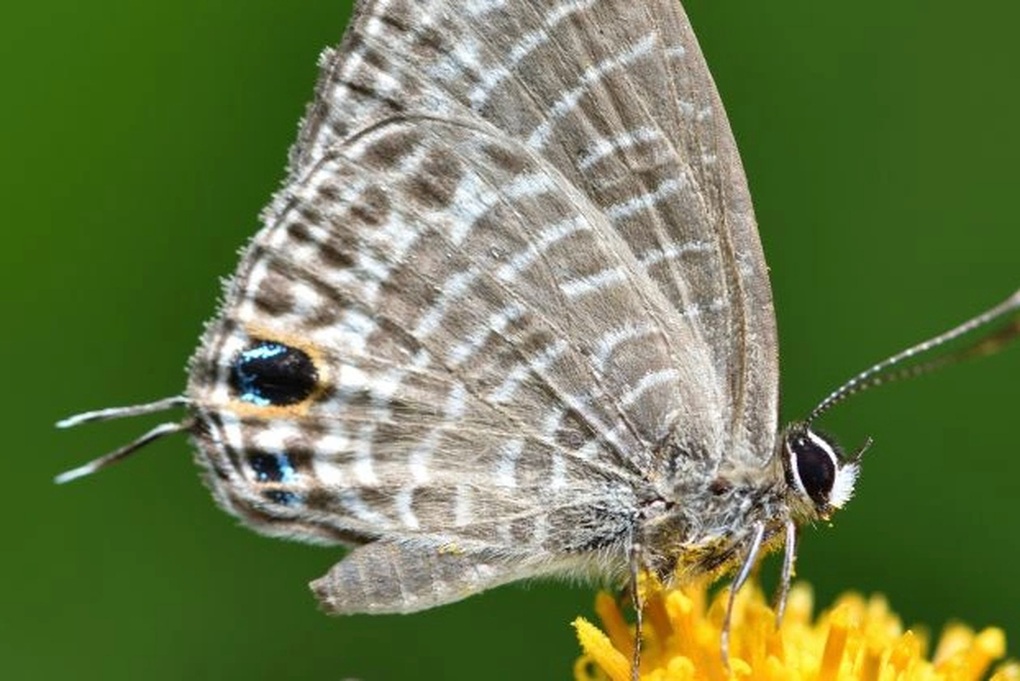
A "false head" on the hind wing of a butterfly. (Photo: Getty Images).
In the harsh natural world , survival depends not only on speed or strength, but sometimes also on the ability to deceive the senses.
Many butterflies in the family Lycaenidae have evolved an elaborate defense mechanism: "false heads" on their hind wings, one of the most unique evolutionary strategies ever recorded in insects.
Entomologists from the Indian Institute of Science Education and Research have published an in-depth study analyzing data from 928 species of Lycaenid butterflies. The work focuses on the relationship between features that make up the “false head” such as false antennae, colored spots, head-mimicking outlines, converging streaks, and contrasting colors.
The results show that most of these traits evolved together, reflecting a tight functional link in defense against predators. Tropical lizards, in particular, which have acute vision but are easily fooled by simulated images, are prime targets of this strategy.
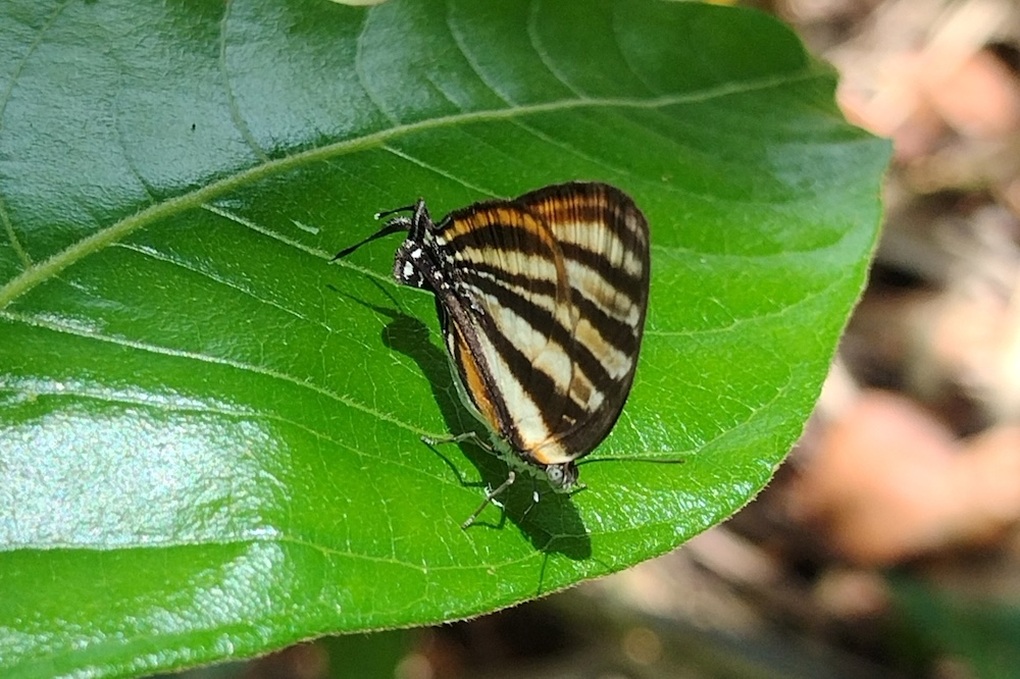
The Arawacus aetolus butterfly has evolved very strange body patterns and features, making it difficult for predators to identify its target (Photo: iNaturalist).
The key to this strategy lies in the ability to redirect attacks. The butterfly's nutritious body is often the primary target of predators, while the wings provide only secondary protection.
However, with the “false head” on the tail, the butterfly has successfully fooled predators into pecking at the wings instead of the body. This not only helps the butterfly survive but also ensures the ability to pass on genes to the next generation, becoming an important evolutionary advantage.
Some butterflies have taken this strategy to a sophisticated level. The Airamanna columbia, for example, combines protruding antennae, red eye-spots, and bright colors to give its tail the appearance of a vivid cartoon head.
Meanwhile, the Arawacus aetolus butterfly chooses to use sharp and symmetrical patterns to create a visual distraction effect, making it impossible for enemies to determine the appropriate attack location.
“We found that most pseudo-head traits in butterflies evolve in a correlated pattern, perhaps toward functional coordination against predators,” the scientists said.
This discovery provides macroevolutionary evidence for the hypothesis that butterflies do not simply change color for camouflage, but have developed a highly strategic, purposeful visual system to minimize biological damage and ensure species survival.
Source: https://dantri.com.vn/khoa-hoc/buom-co-dau-gia-chien-thuat-ky-la-giup-song-sot-truoc-ke-san-moi-20250721104933628.htm






![[Photo] The 5th Patriotic Emulation Congress of the Central Inspection Commission](https://vphoto.vietnam.vn/thumb/1200x675/vietnam/resource/IMAGE/2025/10/27/1761566862838_ndo_br_1-1858-jpg.webp)






























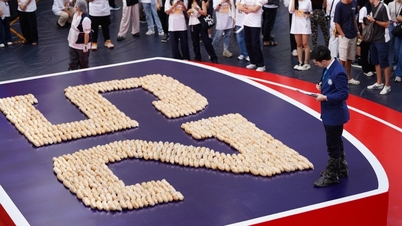
![[Photo] Party Committees of Central Party agencies summarize the implementation of Resolution No. 18-NQ/TW and the direction of the Party Congress](https://vphoto.vietnam.vn/thumb/1200x675/vietnam/resource/IMAGE/2025/10/27/1761545645968_ndo_br_1-jpg.webp)

![[Photo] National Assembly Chairman Tran Thanh Man receives Chairman of the House of Representatives of Uzbekistan Nuriddin Ismoilov](https://vphoto.vietnam.vn/thumb/1200x675/vietnam/resource/IMAGE/2025/10/27/1761542647910_bnd-2610-jpg.webp)




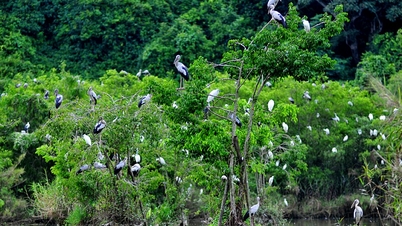

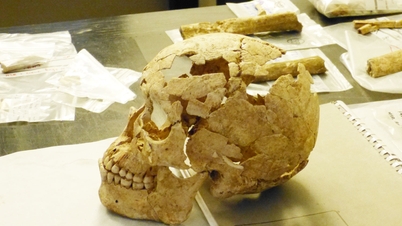


























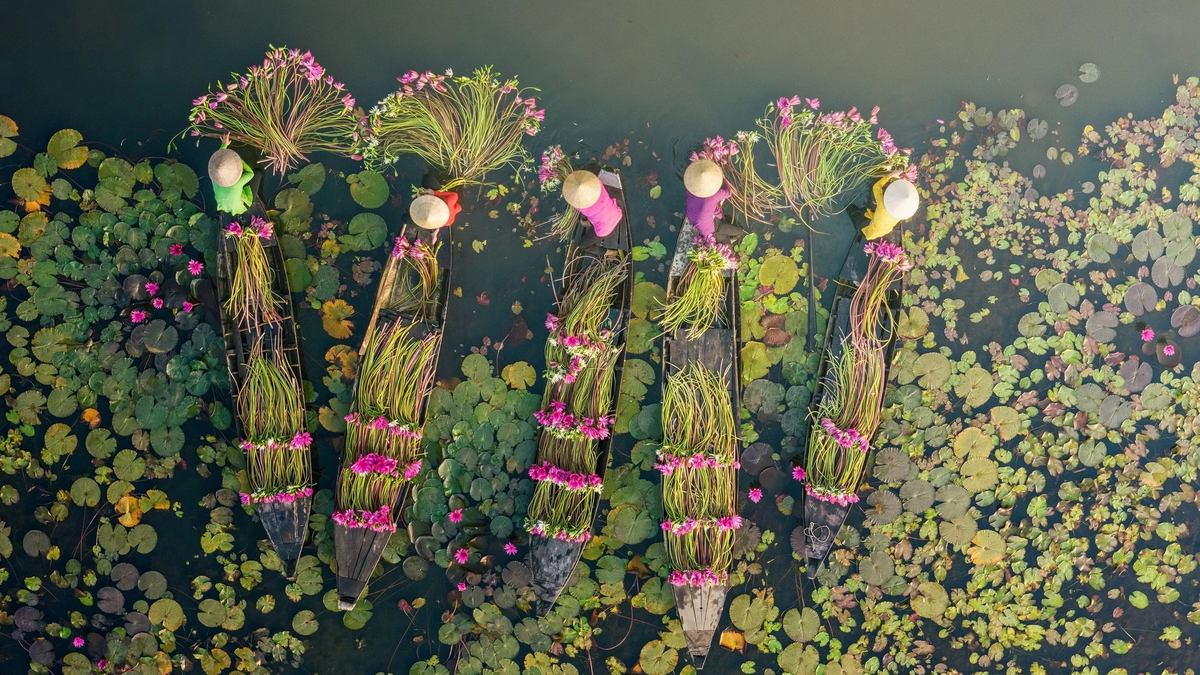
![[Photo] Prime Minister attends the 28th ASEAN-China Summit](https://vphoto.vietnam.vn/thumb/402x226/vietnam/resource/IMAGE/2025/10/28/1761624895025_image-2.jpeg)



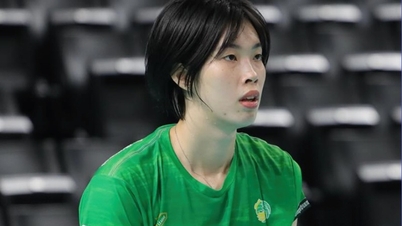
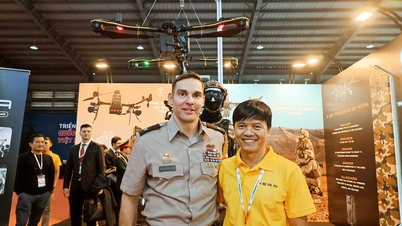










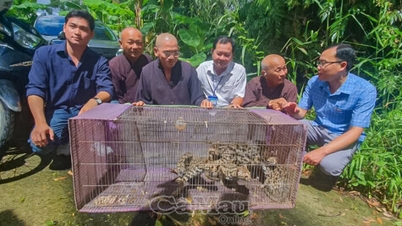





















Comment (0)